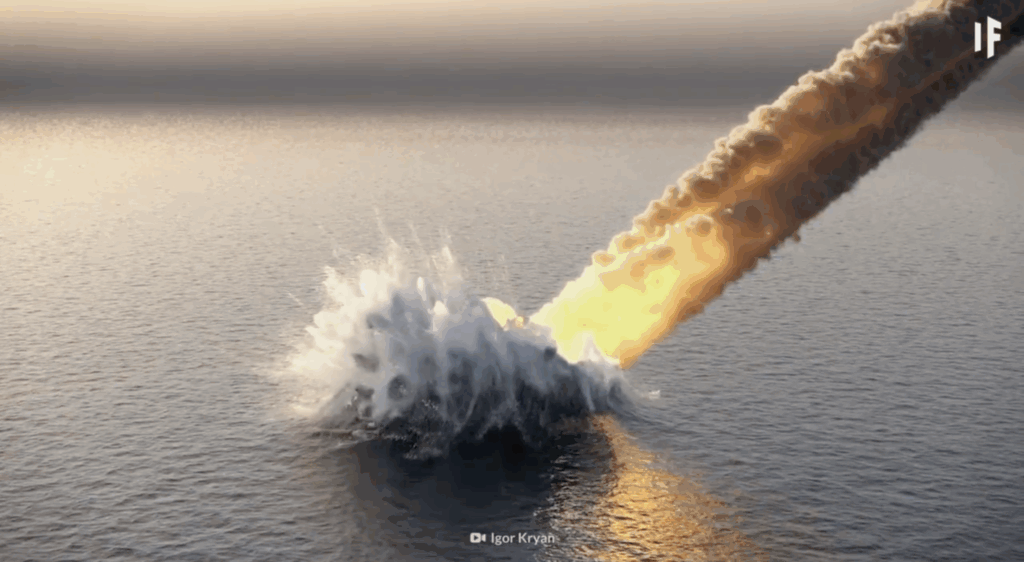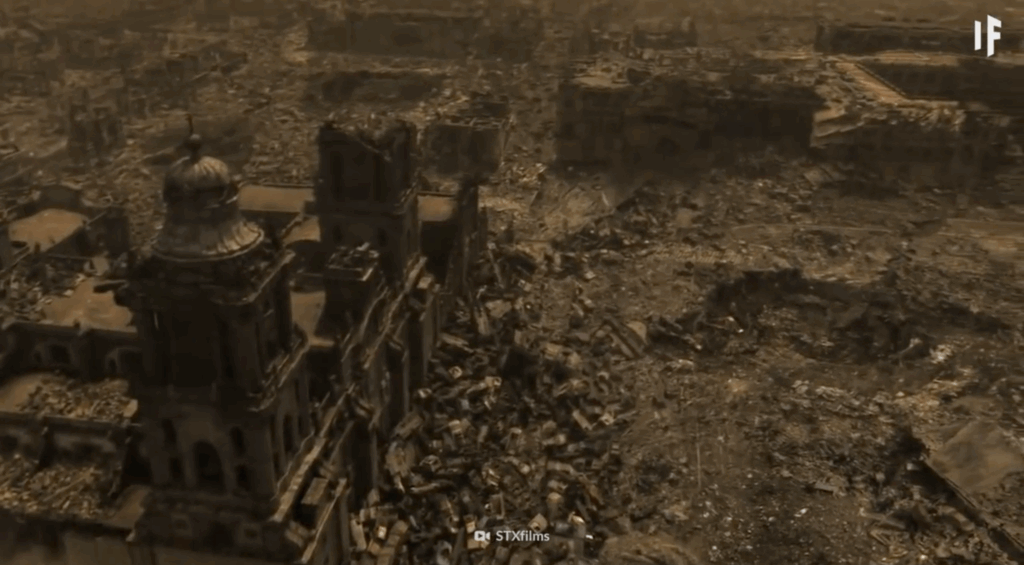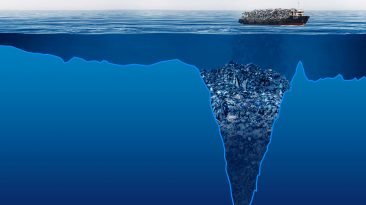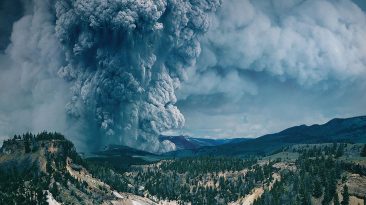It might sound like a scene from a science fiction movie, but the threat of an asteroid hitting Earth is more realistic than you might expect. One asteroid in particular, named 99942 Apophis, has been closely monitored by scientists since its discovery in 2004. For a time, there was real concern that it could strike Earth in the year 2029. Current predictions suggest it will pass us safely. But what if those predictions are wrong? What if Apophis were to crash into Earth this year?
Here are seven major consequences we could face if an asteroid hit Earth in 2024.
1. Our ability to stop it would be limited
If we found out that Apophis was heading directly for Earth, scientists would scramble to stop it. Some ideas include crashing a spacecraft into the asteroid to push it off course, using a gravity pull from a nearby spacecraft to alter its path, or firing high powered lasers to change its surface and movement.
The final option would be to use a nuclear explosive to destroy it. However, this could create smaller fragments that are still dangerous and potentially radioactive.

2. The Pacific Ocean would be the most likely impact site
Because water covers the majority of Earth’s surface, it is most likely that an asteroid would crash into the ocean rather than land. If an asteroid like Apophis struck the Pacific Ocean, the impact would unleash an enormous explosion with the force of thousands of nuclear bombs.
This violent collision would tear a huge crater into the ocean floor and send powerful shockwaves rippling across the entire planet. However, the most devastating effect would come after the impact, as massive walls of water would rise and form towering waves capable of flooding coastlines around the world.

3. Giant tsunamis would reach global coastlines
The asteroid impact would generate colossal waves in the ocean, some towering over 30 meters high. These waves would travel at speeds comparable to commercial jets, racing toward coastlines and leaving little time for evacuation.
Major cities such as Tokyo, San Francisco, Lima, and Sydney would lie directly in the path of this watery onslaught. The resulting tsunami would likely be even more devastating than the Indian Ocean disaster of 2004, which claimed more than 230,000 lives and forever altered the regions it struck.

4. A land strike would cause even more destruction
If Apophis were to strike solid ground instead of the ocean, the devastation would be far greater. With a diameter of around 340 meters, the asteroid would blast a massive crater several kilometers wide, releasing energy on par with a large-scale nuclear explosion.
The shockwave alone could flatten entire cities, destroy roads and bridges, and leave critical infrastructure in ruins. Worse yet, the impact would launch enormous amounts of dust and debris into the atmosphere, setting the stage for serious environmental consequences in the days and months to follow.

5. The sky could stay dark for weeks
The massive cloud of dust and debris thrown into the atmosphere would block out sunlight for weeks or even months. This phenomenon, known as an impact winter, would lower global temperatures and plunge the world into a period of darkness and cold.
Without enough sunlight, crops would struggle to grow, leading to major agricultural failures and global food shortages. Ecosystems would be thrown into chaos, and the human population could face one of the worst survival challenges in recorded history.

6. People would survive but the world would be forever changed
While the destruction caused by an Apophis impact would be severe, it would not be enough to wipe out all life on Earth. Humanity would endure, but the aftermath would leave lasting scars on societies and ecosystems around the world.

Rebuilding efforts would take years, with entire cities needing reconstruction and governments scrambling to strengthen emergency response systems. The event would likely spark a new global focus on planetary defense, pushing space agencies to develop better strategies to detect and deflect future threats from space.

















